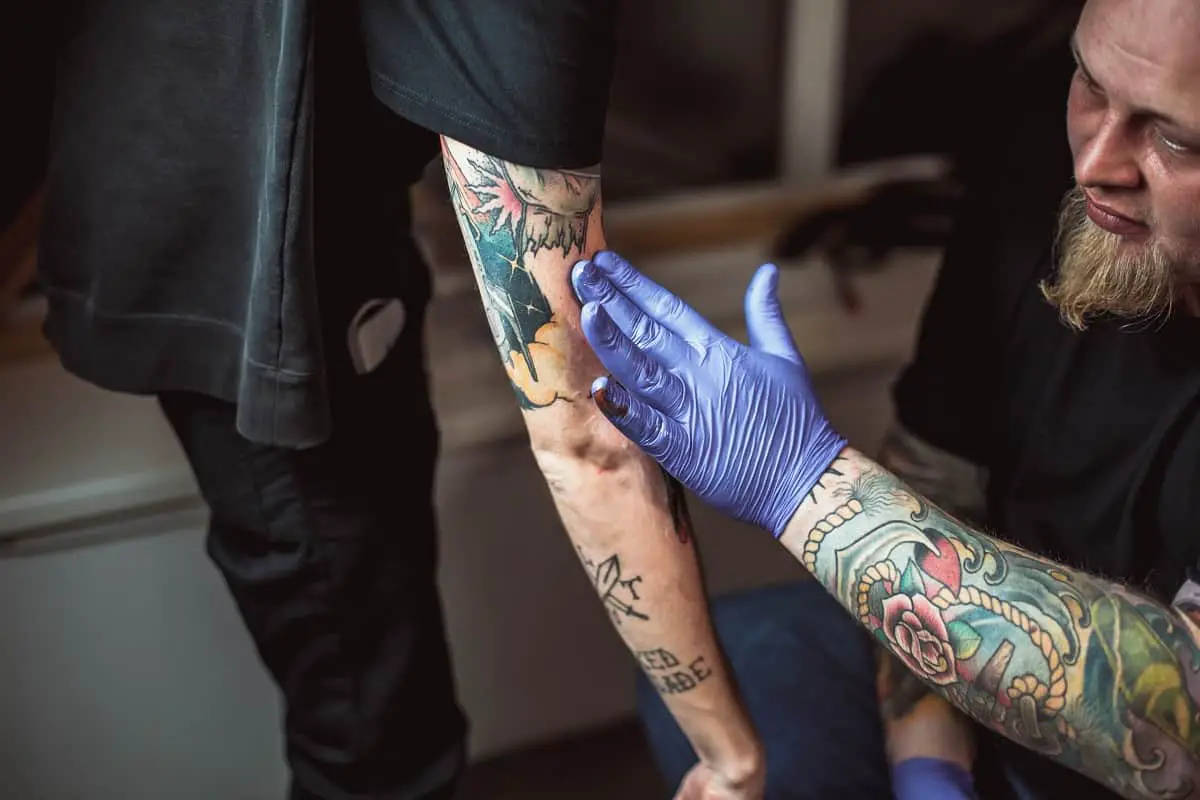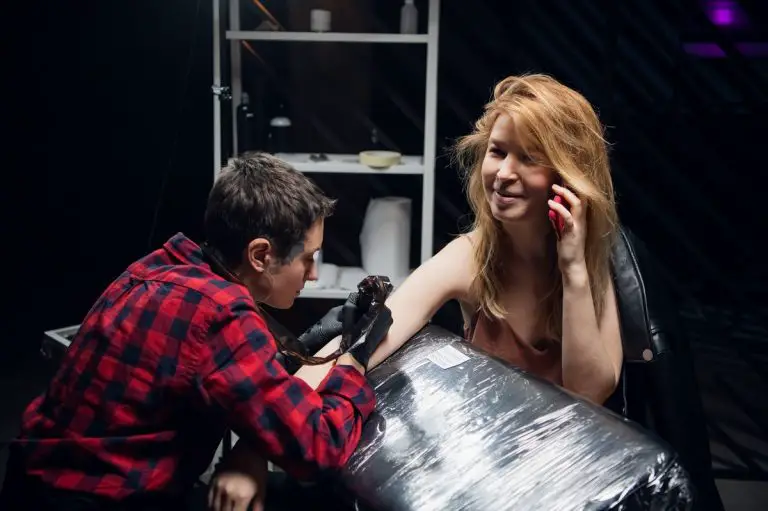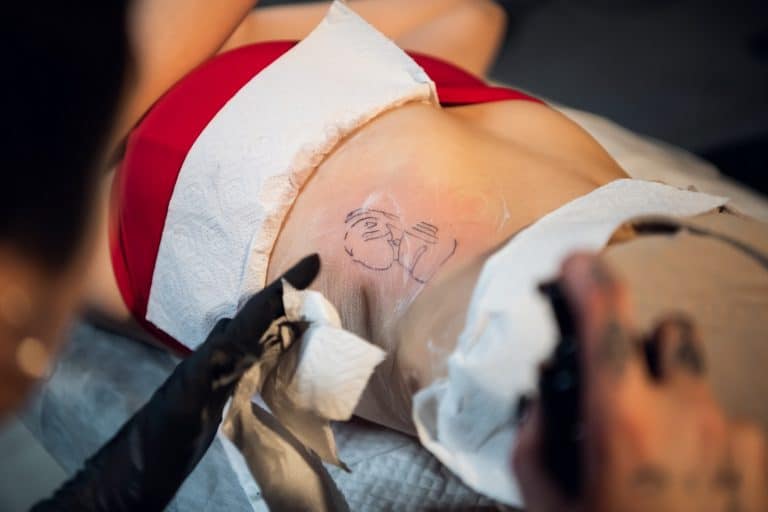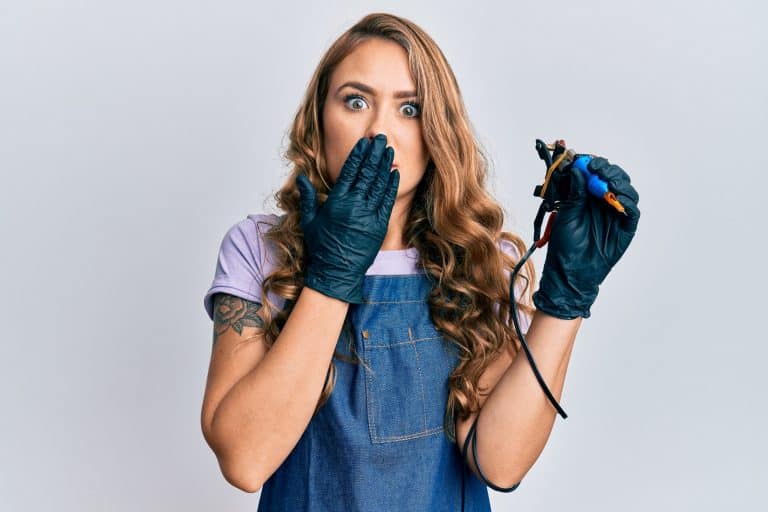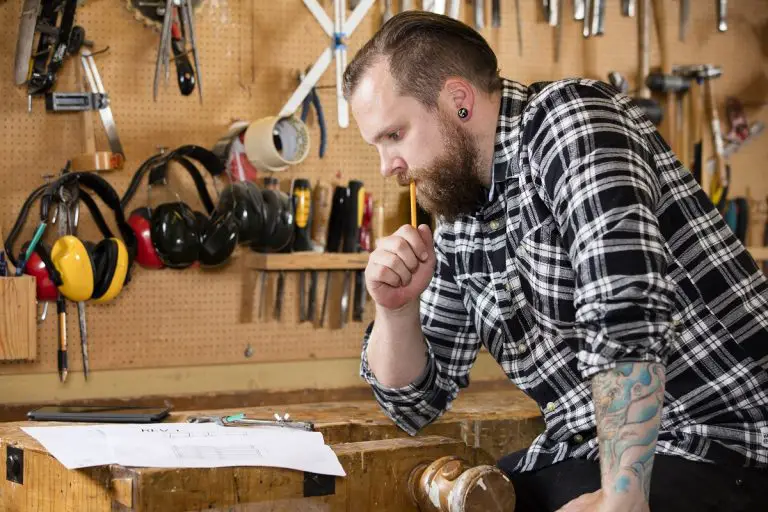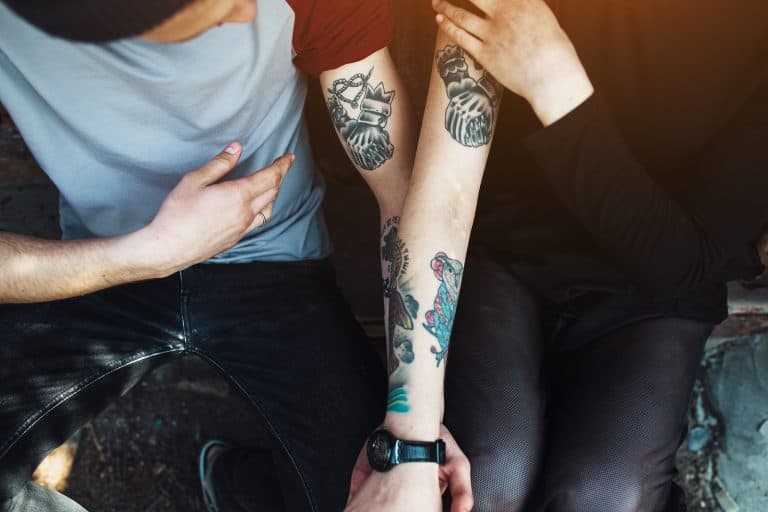How To Fix A Raised Tattoo: Quick Relief Tips & Tricks
Everybody always says how awesome it is to get a new tattoo. People generally mention issues like the pain during the tattooing process as the only disadvantage of getting a tattoo. However, what everyone fails to mention is the journey that follows after you leave the tattoo salon with fresh ink.
The aftercare process you have to follow until the tattoo heals can actually make it or break it. One mistake, and you’re risking your whole tattoo. If you’re reading this, chances are you’ve had poor luck and now your tattoo isn’t healing properly; it is all raised and possibly swollen or itchy, right?
Well, lucky for you, we’re all about the issues people meet during their tattoo aftercare, so, no worries. In the following paragraphs, we’ll discuss the possible causes of a raised tattoo and how you can fix it. So, let’s get started!
Your Tattoo Is Raised? – Possible Causes and How To Respond
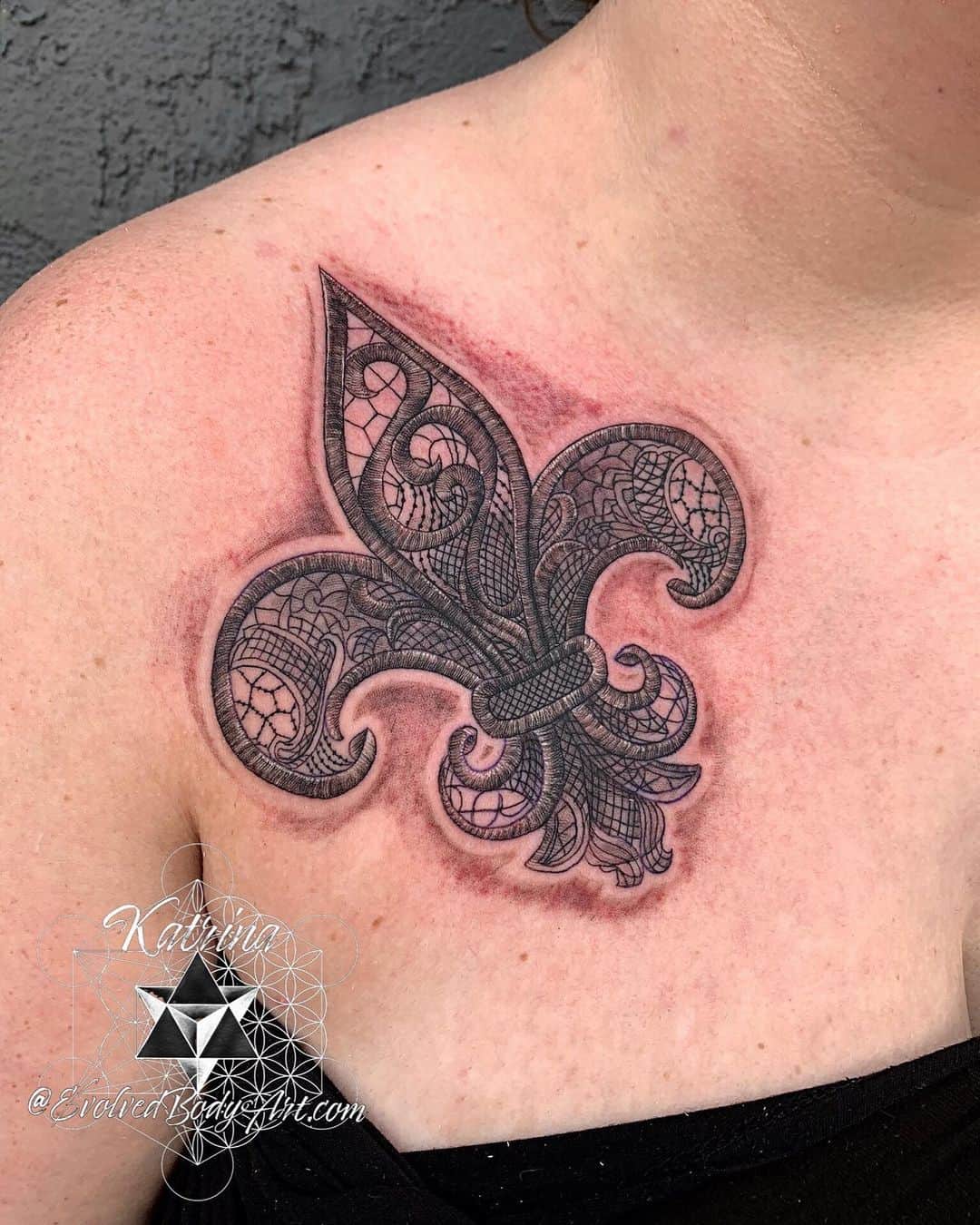
The Formation of Scabs and Crust
As you may know, getting a tattoo means getting an open wound on the skin. During the tattooing process, your skin is being poked thousands of times, which makes the body respond as if it would respond to an actual injury. The immune system fights to heal the ‘wound’ as soon as possible, which in this case, takes time, or a few days.
That is why your tattoo in the first few days doesn’t appear raised. The body is still getting rid of the excess ink, blood, and plasma resulting from the tattooing process. After it is done oozing and once it is cleansed and left to dry, your tattoo starts forming a new skin layer.
As a result, you will notice your tattoo appearing raised, as well as forming a crust or scabs. This is a completely normal process when accompanied by other symptoms like itching and scabs falling off.
- What To Do?
In this case, patience will be your strongest virtue. The formation of scabs and their own falling off is a waiting game that you can’t really do much about. Actually, there are a few things you can or can’t do. For example;
- You should NOT touch or peel off the scabs; this will prolong the healing process and possibly lead to an infection
- You can apply a thin layer of mild, gentle, and fragrance-free ointment or lotion to rehydrate the skin and relieve the itching
- You should NOT scratch the tattoo at all costs
Possible Tattoo Infection
In case the process of tattoo healing is accompanied by swollen, red, and painful tattoo area, chances are your tattoo is actually showing the signs of infection. This means your tattoo needs to be medically treated as soon as possible.
Infections are, unfortunately, likely to happen for so many different reasons. Maybe the tattoo artist didn’t sterilize the working space or the tools properly. Maybe the tattoo ink was contaminated (which is unfortunately pretty common), or you simply touched the tattoo with dirty hands and introduces some bacteria to it.
Some common tattoo infections include abscesses, tissue necrosis, septic shock, toxic shock syndrome, cellulitis, etc.
- What To Do?
Whatever the cause of the infection is, your tattoo, when infected, will become raised, swollen, burning red, and painful. In such a case, the best thing you can do is seek medical attention. You’d be prescribed antibiotics and proper treatment. However, in the process of dealing with the infection, your tattoo might end looking a bit messed up.
In case you get a fever during the tattoo healing, chills, or sweats, you should go to the emergency or the A&E department as soon as possible!
Tattoo Allergic Reaction
A tattoo allergic reaction can occur right after you get a tattoo or a few days later, just like a tattoo infection. Almost every person who has experienced an allergic reaction didn’t know they were allergic to the ink or the latex gloves their tattooist has used. These are the two most common causes of an allergic reaction.
The reason is that tattoo ink can either be contaminated or contain ingredients (like metals and plastic) that can promote skin irritation or the skin to flare up. On the other hand, latex gloves, or latex in general, are known to cause allergic reactions in some people, resulting in skin swelling, irritation, and flaring.
- What To Do?
Now, before the actual tattooing process, you should ensure your tattoo artist uses high-quality tattoo ink. Then, make sure to ask the tattooist to use nitrile gloves instead of latex gloves, or simply check which gloves they use and then ask for a change if needed.
In case of the allergic reaction itself, what you can do is the following;
- Wait for a few hours to see if the reaction will subside on its own.
- To prevent the reaction from escalating, you can apply a topical steroid ointment or use antihistamines.
- If the tattoo keeps raising/swelling, becomes painful and burning, it is time to seek emergency medical attention. Some reaction symptoms also include vomiting and fever, which also require immediate medical attention.
Other than this, there isn’t much you can do without a proper medical examination and treatment. You could also talk to your tattoo artist and see whether they might have used latex gloves or possibly contaminated ink.
Possible (Undetected) Skin Condition
Many people aren’t aware they’re dealing with a skin condition until their skin becomes exposed to some kind of outer ‘aggressor’, which in this case would be a tattoo. Not all skin conditions are visible.
There are conditions like eczema or dermatitis which you’ve probably known about. However, some skin conditions flare up only when aggravated as a result of needle poking, the ink, or the whole healing process.
That is why it is best to get your skin checked by a dermatologist before you get a tattoo. The doctor will observe your skin closely and see whether it could be susceptible to any conditions. Some dermatologists even look into the possibility of skin cancer development. In the case a tattoo covers the signs on the skin that the cancer is there, it is good to know such info.
- What To Do?
Now, the best thing you can do is talk to a medical professional to confirm you’re dealing with a skin condition.
Then, you can go through the whole tattooing process and try to remember what kind of gloves your tattooist was using. If they used latex gloves, chances are you’re dealing with an allergic reaction, causing your skin to raise and react.
Other than this, there isn’t much you can do. You should simply talk to a professional and follow their treatment recommendations and instruction.
Possible Tattoo Blowout
During tattooing, a tattoo artist will push the needle into the specific skin layer, called the dermis, where the needle will create a vacuum for the ink to sit in. However, some inexperienced or heavy-handed tattooists tend to go deeper into the skin, passing the dermis layer.
As a result, the ink starts to spread and move beyond the lines of the tattoo which further results in tattoo raising and possible healing issues. This is known as a tattoo blowout.
In some cases, because the tattooist enters the skin too deeply, the tattoo can develop skin scarring as well. As a result, the skin becomes raised and remains so, especially in keloid-type of scars.
- What To Do?
In case of a blowout, you can’t do anything until the tattoo is completely healed. Only then can the blowout be treated using laser correction, a complete laser tattoo removal, or tattoo cover-up.
Unfortunately, there isn’t much you can do in the case of scarring. Some people use temporary solutions, like makeup or hydrating lotions to regenerate the skin. But, that is pretty much all you can do, as well as embrace your tattoo scar and wear it proudly. After all, isn’t a scar some kind of tattoo itself?
Also Read: Tattoo Scarring: Is It Normal and How to Fix (Everything You Need to Know)
Other Things That Could Make You Tattoo Raise
- A normal bodily reaction – in some cases, there isn’t anything wrong with the tattoo; it’s just the way the body manages a foreign body, so it makes it raise a bit from time to time. However, if your tattoo raises and stays that way, even without any of the infection/allergic reaction symptoms, you should still talk to a medical professional and have your tattoo examined.
- Weather changes – during the summer, because of increased humidity, your tattoo can stretch and swell a bit. To prevent this from happening, make sure to apply a layer of high-SPF sunscreen onto the tattoo if it’s going to be exposed. During the winter, on the other hand, the tattoo can be affected by the cold, which promotes drying of the skin, rashing, itching, and raising. Ensure to apply moisturizers and keeps the tattooed skin hydrated (through lotions and regular water intake).
- Going through an MRI – because the ink tends to contain metals, it tends to react to the magnetic forces when going through an MRI. The metals are being pulled towards the machine, which makes the tattoo raise, swell, and burn. In this case, all you can do is seek medical attention and explain how you’ve had an MRI and what happened to the tattoo.
Final Thoughts
Experiencing a raised tattoo is pretty common; you’d be surprised to see how many people, who have had a tattoo for years, still experience occasional tattoo raising and swelling. That is because the ink will always be a foreign object in your body that will react to inner and outer changes.
Unless the raising of a tattoo isn’t followed by painful swelling, burning, and tenderness, or in serious cases vomiting and fever, you have nothing to worry about. Just make sure to keep the tattoo well taken care of, clean, moisturized, and protected from the sun. In any other case, make sure to seek immediate medical attention.
- Safe, non-toxic plant-based temporary tattoos made with 100% high-definition printing for a realistic look without the pain
- Easy to apply and remove - just stick for 20 seconds then take off
- Set includes 5 sheets with 17 fun, delicate designs like hearts, cats, smiles, suns, moons, and more
- Waterproof and long-lasting - stays on up to 2 weeks of wear
- Fashionable for women, men, girls and boys
- Place on arm, wrist, neck, leg, finger, waist, foot and more
- Great for parties, birthdays, and showing your unique style

